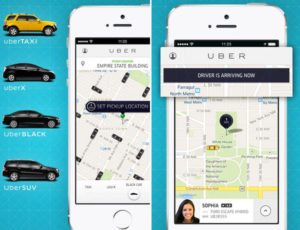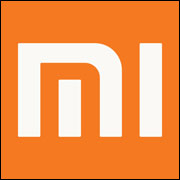
Some developers are making more money by showcasing their wares in Amazon’s Appstore instead of Google’s Android Market, according to research from Distimo.
The mobile analytics firm looked at the 110 apps available in both online stores that generated at least US$200 per day in revenue during the last week of January. Of those, 42 earned more money sitting in the Amazon Appstore than they did in the larger Android Market. The Appstore also accounted for 28 percent of the total revenue from the top 110 sellers.
Much of the Appstore’s success came thanks to the release of the Kindle Fire, according to the report. Amazon’s Appstore had a 14-fold increase in app downloads during December, when the tablet was released, compared to October.
The figures refer to U.S. sales only, since the Amazon Appstore is not available anywhere else. Neither Amazon nor Google responded to our requests for comment.
Fire Makes Amazon Apps Hot
Google’s Market is still the Android app store leader in terms of sales and size, offering about 14 times more applications than Amazon’s Appstore. But the launch of its Kindle Fire gave Amazon’s one-year-old Appstore a reason to keep growing. After the tablet’s release, the number of new apps in the Google Android Market dipped to just five times the number of new apps in the Amazon Appstore.
“We noted that in January, about 70 percent more apps were added to the Amazon Appstore than in December,” Hendrik Koekkoek, analyst at Distimo, told the E-Commerce Times. “One of the reasons for the increase in application growth in January could be that the results of growth in terms of downloads in the Amazon Appstore were beginning to show.”
It’s unknown now whether Kindle Fire sales are going to stay high, or if Amazon will be offering more hardware offerings to compete on a broader scope in the tablet market. If developers can keep seeing a lucrative return on the apps they’re placing into Amazon’s Appstore, though, Koekkoek said the store could keep its momentum going.
“Since the relatively high download volumes in the Amazon Appstore continued during January, we think that the high application growth will continue as well,” he said.
Challenges for Android Marketplace
Amazon has other factors working in its favor as well. Google created an app store that minimized exclusion, where developers of all sizes could sell apps of all levels of quality. The store soon collected hundreds of thousands of apps. Though the Android Market has more to offer, though, sometimes smaller, more curated stores are more appealing to consumers not willing to pick through thousands of rotten apps to find a gem.
“The Amazon experience in some ways is more akin to iTunes than it is to the Android Market,” Aaron Watkins, cofounder of Appency and analyst at GigaOM Pro told the E-Commerce Times. “The Android Market is still the Wild West in some ways, with apps that crash and are ripoffs of other apps are much more likely to be found in the Android Market than in other app stores due to its open nature.”
Also like iTunes, it’s mandatory to add payment information upon logging into Amazon’s Appstore, making a one-click purchase quick and easy.
In Google’s Android Market, Koekkoek said, a user can log in with a Google account but without associating it with a payment method, thus requiring an additional step if a purchase is to be made. “Therefore, purchasing apps is less accessible in this store,” he said.
But more challenging for Google than the method of payment is actually getting apps to be purchased in the first place. The number of paid apps is decreasing in the Android Market, according to Distino. The past seven months saw a drop in the proportion of paid apps in the store from 38 to 32 percent. The percentage of paid apps in Amazon’s Appstore is steady around 65 percent.
“Angry Birds Season,” for instance, a top-selling app on all platforms, is 99 cents on the iPhone, 99 cents from the Amazon AppStore, and free, with ads, in the Android Market. The possible rise of the Amazon Appstore and iTunes’ ability to monetize its offerings, then, is a continuing challenge to the way the Android Market earns revenue.
“Many developers have given up on making money through direct sales on the Android Market. Google shot themselves in the foot when they launched it, making it hard for developers in many countries to make apps paid. This led them to choosing the free route and training Android consumers to expect everything for free,” said Watkins.












































Social Media
See all Social Media